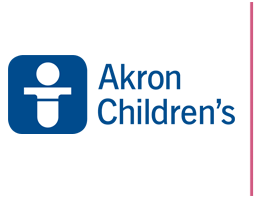1993
Bricks and mortar: Children's Hospital's Centennial Modernization and Renovation Project is completed. The 250,000-square-foot addition houses 104 private medical/surgical rooms with sleeping accommodations for parents, 59-bed NICU, 12-bed PICU, 10-bed child and 14-bed adolescent psychiatric unit, a surgery suite with 8 ORs, a new ER, parent and family support space, a parent library, chapel, and a new main entrance, lobby and atrium. In addition, a 362-space parking deck is added and Perkins Square Park is redesigned and renovated, making it the hospital's front yard and emphasizing its historical significance to the city of Akron and the hospital.

































































































































































































































































































































